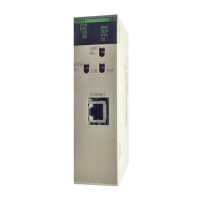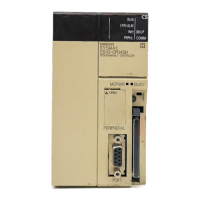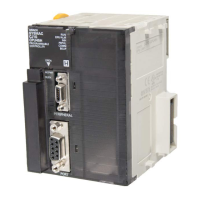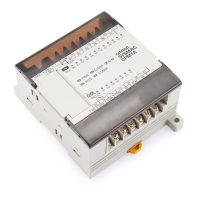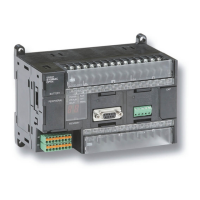10-5SectionTroubleshooting Procedures
180
7. Can you display the EM directory using ls from the host computer?
True ' End.
8. Have specified banks of the EM Area been converted to EM File Memory?
True ' Step 9.
9. Has the EM File Memory been initialized?
True ' Replace the CPU Unit.
10. Initialize the EM File Memory from the CX-Programmer or other Program-
ming Device.
11. Can you display the MEMCARD directory using ls from the host computer?
True ' End.
12. Is a Memory Card not inserted in the PC?
True ' Insert a Memory Card.
13. Is the Memory Card faulty?
True ' Initialize the Memory Card. If the problem persists, replace the
Memory Card if necessary.
File Transfer Problems
1, 2, 3... 1. Are you not connected to the FTP server?
True ' Return to the previous procedure.
2. Is the current directory not MEMCARD or EM?
True ' Make MEMCARD or EM the current directory (execute cd /MEM-
CARD or cd /MEMCARD).
3. Can you execute get?
True ' Step 6.
4. Is the file you are attempting to get not actually on the Memory Card?
True ' Designate a file actually in the file system.
5. Return to 10-5-1 Startup Problems on page 174.
6. Can you execute put?
True ' Step 9.
7. Is there insufficient free space available in the file system?
True ' Delete unneeded files or use a different Memory Card.
8. Return to 10-5-1 Startup Problems on page 174.
9. Is the data in the file transferred with put or get normal (i.e., not corrupted)?
True ' End
10. Use the type command and change the file data type to binary before exe-
cuting put or get.
10-5-6 Network Connection Problems
Most of the initial steps in these procedures are in question form. Continue in
sequence until a “True” answer tells you to jump to a specified step or until you
are told to perform a specific action that corrects the problem. If performing the
action does not correct the problem, return to the beginning of the procedure and
start over.
1, 2, 3... 1. Go through the procedure in 10-5-1 Startup Problems before starting this
procedure.

